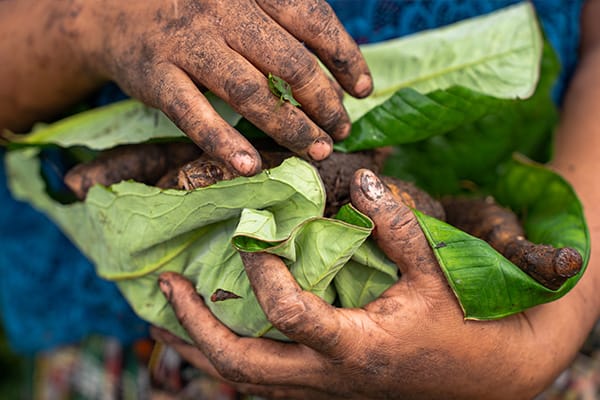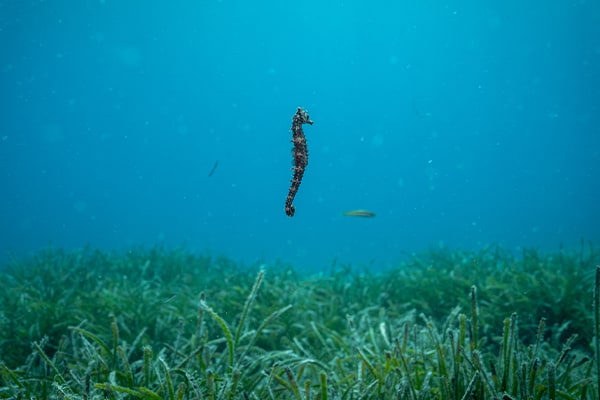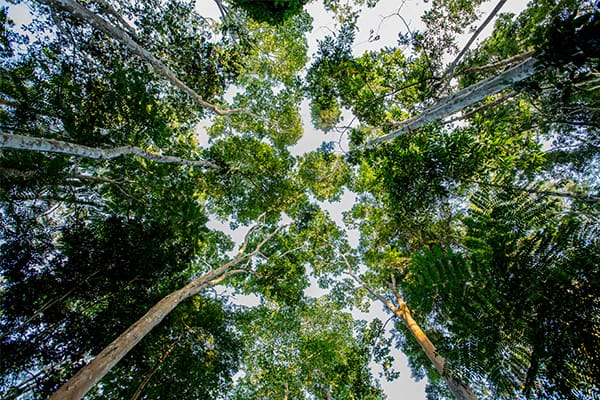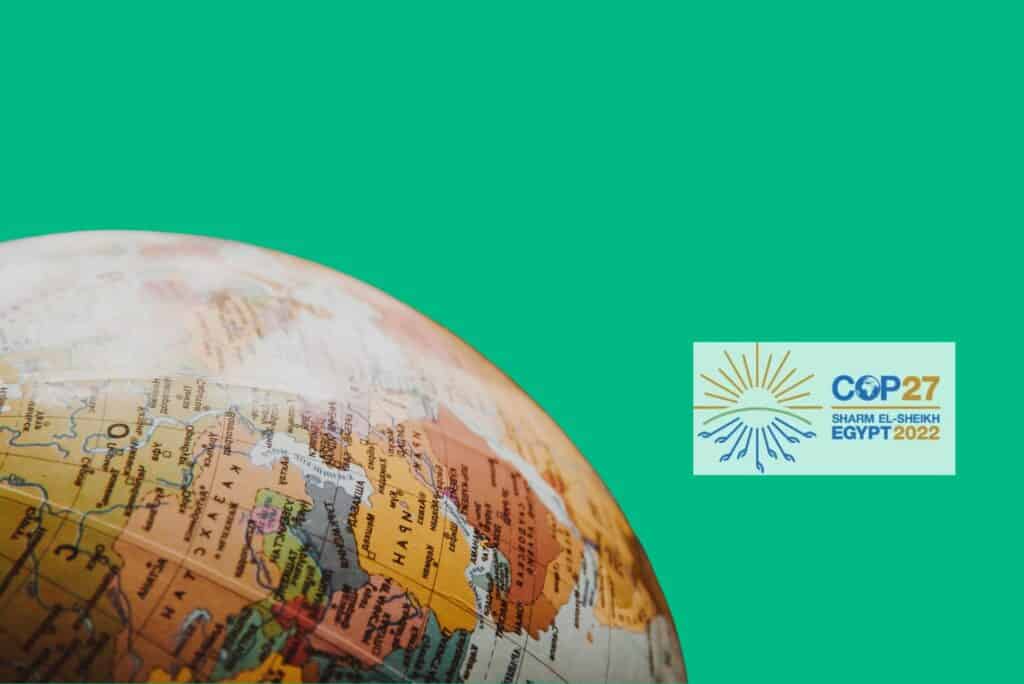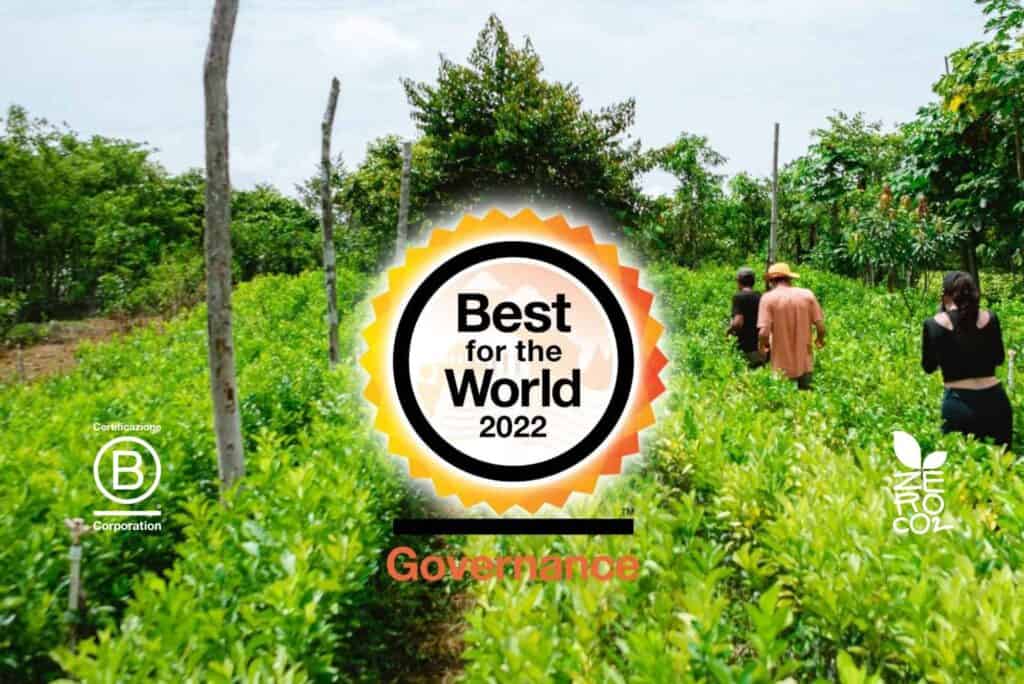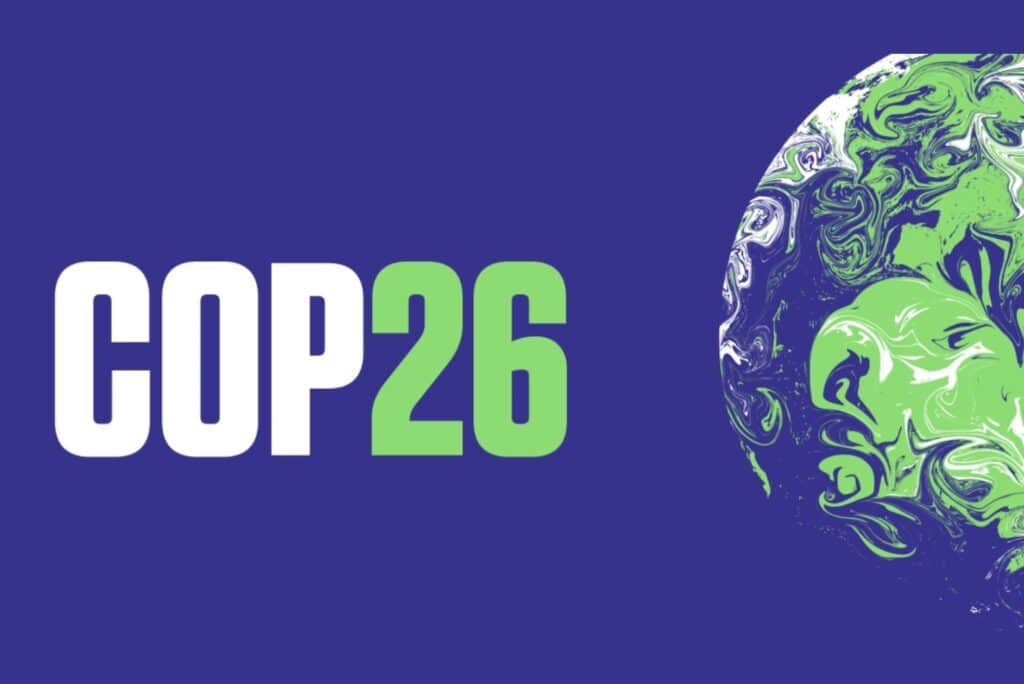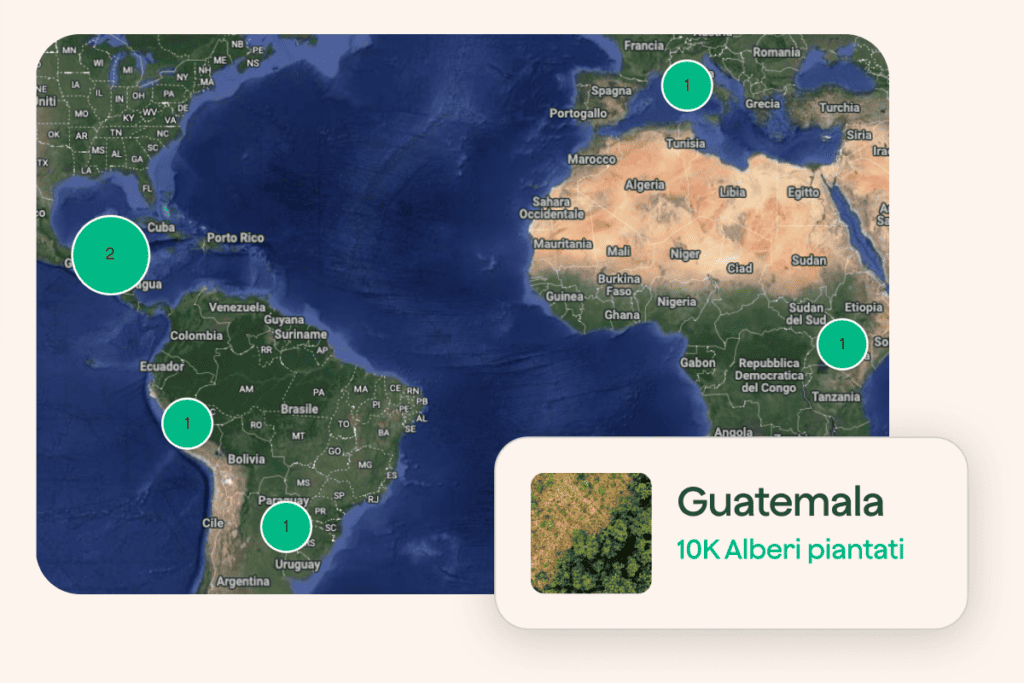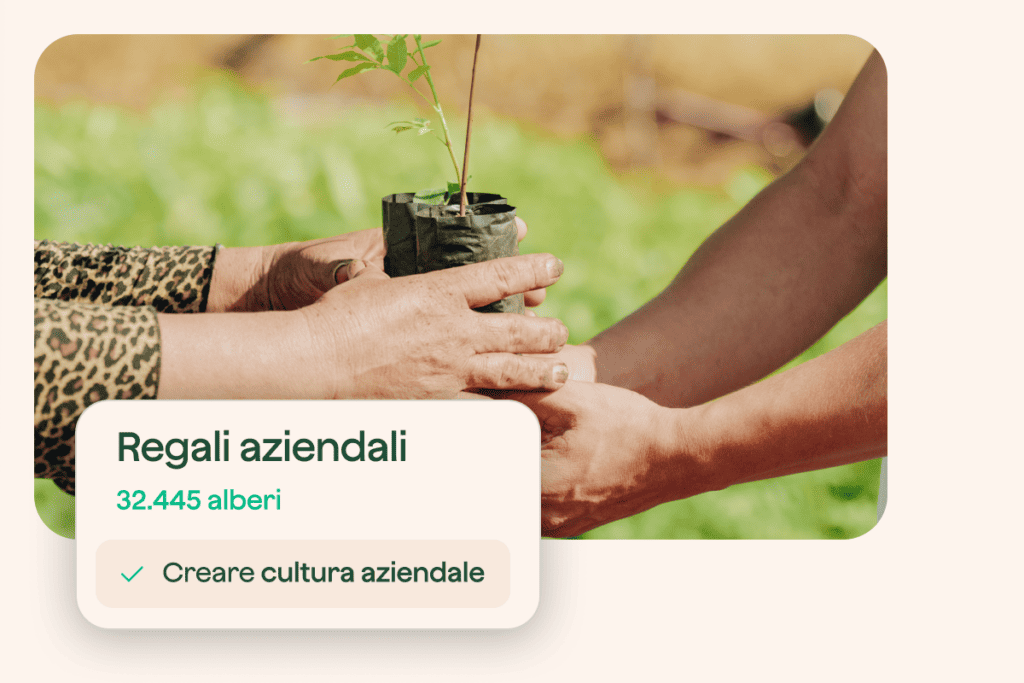Despite high expectations for COP26 in Glasgow in 2021 and the goals explained here, COP26 further underlined the difficulties in finding shared lines of action to curb the climate crisis and insufficient measures implemented in recent years.
According to UNFCCC forecasts, it will not be possible to stay below the global warming increase threshold of 1.5°, emphasised as an essential goal by experts and scientists of the Intergovernmental Panel on Climate Change (IPCC) to avoid irreversible damage and chosen as the limit to be respected in the Paris Agreement. The World Meteorological Organisation’s preliminary report confirms that we are moving in the opposite direction to our commitments globally. In 2022, temperatures in Europe will be more than 2°C higher than in the period 1991-2020, an increase that will have (and is already having) disastrous effects, for example, on the rise of the oceans.
Parallel to the increase in greenhouse gas emissions, deforestation, agriculture and livestock farming are strongly intersecting with climate change, further undermining the possibilities of absorbing the gases produced by anthropogenic activities. During Bolsonaro’s government, between 2018 and 2021, an area equivalent to the surface area of Belgium was deforested in the Amazon rainforest alone.
Even though during last year’s G20, which took place just before COP26, world leaders pledged to “plant a trillion trees by 2030,” this goal turns out to be a more complex solution than it seems: reforestation is a complex process, which requires technical and practical knowledge as well as an assessment of the climate, soil and cultural characteristics of local populations. Guido Cencini, agronomist and LCA & Forestry strategist at zeroCO2, explains it here.


